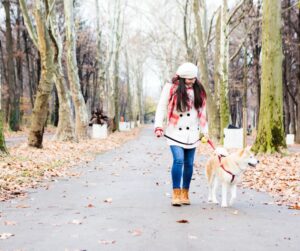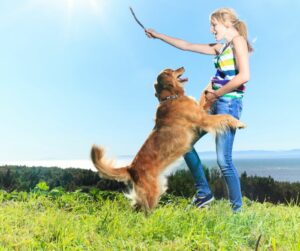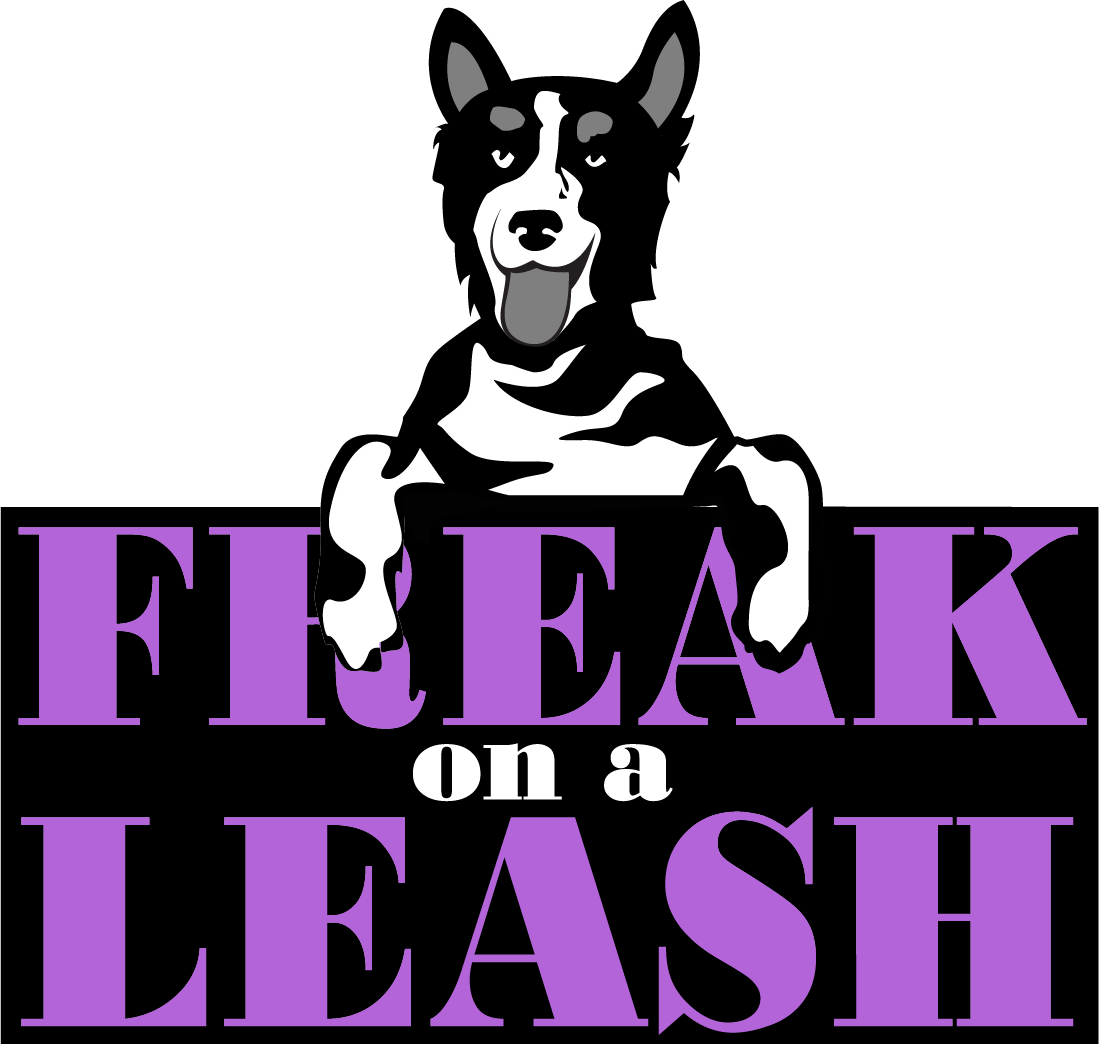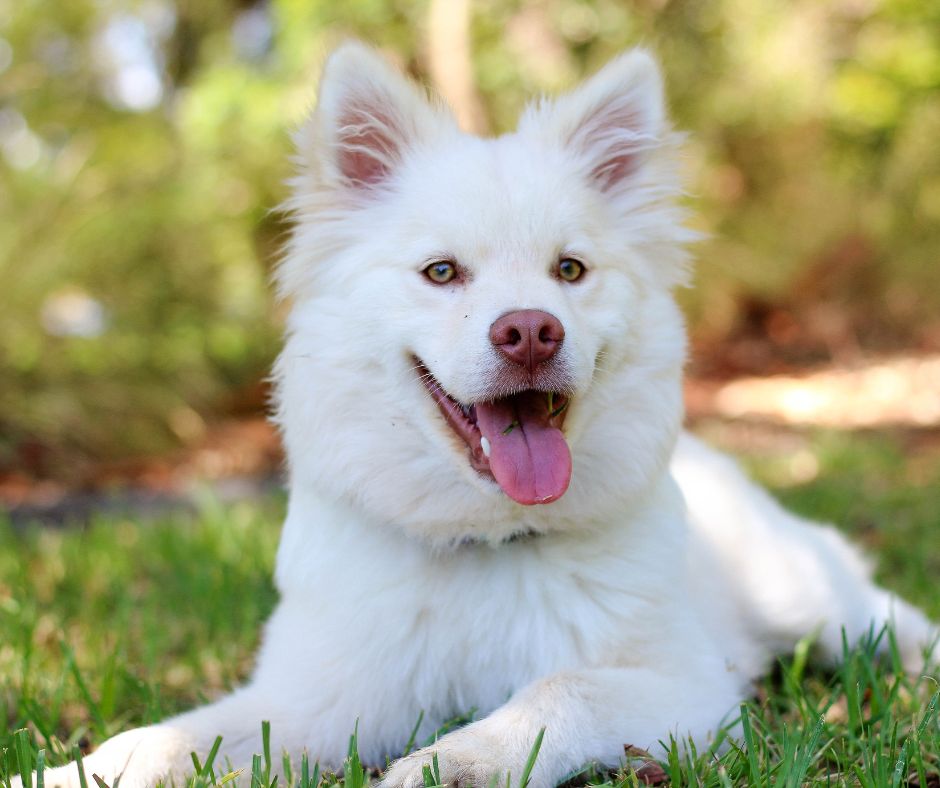Understanding the hormonal changes during canine adolescence
The adolescent phase is a crucial period in a dog’s development, marked by significant hormonal changes. These changes can often bring about challenging behaviors that require special attention and training. Understanding the impact of these hormones is essential for successfully navigating this stage of your dog’s life.
During adolescence, dogs experience an increase in sex hormones such as testosterone and estrogen, which can lead to behavioral shifts. Males may become more assertive and prone to marking their territory, while females may display mood swings and exhibit less patience. You might see humping as well as trying to run off, which seems out of place for your perfect puppy.
The hormonal surge can be difficult for dog owners and their teenage dog, there is a reason so many dogs end up in shelters between 6 and 18 months of age. The young dog might become bolder, feisty or more independent.
 How hormones can impact behavior in adolescent dogs
How hormones can impact behavior in adolescent dogs
Adolescent dogs go through hormonal changes that can have a significant impact on their behavior. Understanding how these hormones can affect your dog’s actions is crucial in effectively training them during this stage.
For male dogs, the increase in testosterone can lead to more assertive behavior. They may become territorial and mark their territory more frequently. Female dogs can start marking as well and might become moody when leaving puppyhood and entering the teenage phase.
Changes in dogs in this phase are very similar to puberty in humans. Remember your teenage years? Listening to your parents was not a priority instead exploration and risk-taking was on the agenda.
Common behavior problems that may arise during this stage
During adolescence, some common behavior problems may arise in dogs. These can include:
1. Leash pulling: Many adolescent dogs become more energetic and eager to explore during walks, leading to excessive pulling on the leash. To address this issue, consider using positive reinforcement techniques such as rewarding them for walking calmly beside you. Young puppies don’t need as much exercise as a teenage dog. Wear them out by playing frisbee, agility, and using a long line to exercise before your daily walks.
2. Jumping up: As their confidence grows, adolescent dogs may display an increased tendency to jump up on people when greeting them. This can be addressed by teaching them alternative behaviors, such as sitting or offering a paw, and rewarding them for these instead.
3. Chewing and destructive behavior: Adolescence is a time when dogs may have a strong urge to chew on things, which can lead to destructive behavior. To prevent this, provide appropriate chew toys and consistently redirect their attention towards these items. Additionally, make sure they have plenty of physical and mental stimulation to keep them engaged and satisfied. This is the time to use puzzle toys, bully sticks, brain games and crates and baby gates to encourage good choices and prevent your teen dog from making the wrong ones.
4. Selective listening: During adolescence, dogs may become more independent and less inclined to listen to commands. It’s important to reinforce basic obedience training and maintain consistent expectations. Increase reinforcement for following your commands, paying attention to you with and without distraction. The good news is this is just a phase in your dog’s life and you will come out of it with a loving adult dog once he reaches social maturity.
5. Socialization challenges: Adolescent dogs may exhibit some challenges with socialization. They may become less tolerant of unfamiliar dogs or people, or exhibit fear or aggression towards them. To overcome this, continue to expose your dog to different experiences and environments in a controlled and positive way. Gradually introduce them to new dogs and people, rewarding calm and friendly behavior. Group classes are a great way to keep socializing with other dogs and people, while practicing obedience skills in different environments.
 The importance of consistent training and boundaries
The importance of consistent training and boundaries
Consistent training and setting boundaries are essential during your dog’s adolescence. This stage is a critical time for shaping their behavior and ensuring they become well-rounded, obedient adults.
By rewarding them for good behavior, you can effectively train your adolescent dog. Ensure that everyone in the household follows the same approach.
In addition to physical exercise, mental stimulation is also crucial for adolescent dogs. Engage them in interactive toys, puzzle games, and training sessions that challenge their minds. This will help prevent boredom and promote better behavior.
Remember, patience is key when training an adolescent dog. They are going through a phase of exploration and growth, which may come with some challenges. Stay consistent, positive, and understanding throughout the process.
How to use Positive Reinforcement for adolescent dogs?
Your pup might not be interested in your kibble anymore, even though as puppy he would do backflips for it. Look at what your dog’s interests are now in this stage of his life. He might want nothing more than pee on all the bushes in the neighborhood, so use this for your advantage by asking for polite walking before the next pee.
If play dates and interacting with other dogs or people are his highest value, make sure to ask for polite behavior before letting him “say hi” to another person or dog.
Maybe cheese and real meat will entice him to listen better, so try changing the rewards you are giving for a job well done.
If playing scent work, ball or frisbee is all your pup lives for use those to encourage behavior, you like to see more of in your dog.
Socialization and exposure to new environments and experiences
Socialization and exposure to new environments and experiences are crucial for training adolescent dogs. By gradually introducing them to different dogs, people, and situations, you can help them become well-rounded and confident adults.
When socializing your adolescent dog, it is important to focus on positive interactions. Allow them to meet other dogs and people in a controlled environment, rewarding calm and friendly behavior. If they show signs of fear or anxiety, take a step back and give them time to adjust before trying again.
In addition to socialization, exposing your dog to various environments is essential. Take them for walks in different neighborhoods and parks, allowing them to experience different sights, sounds, and smells. This will help them become more comfortable and adaptable in new situations and is more interesting for your dog than seeing the same place over and over.
When exposing your adolescent dog to new environments, be mindful of their comfort level. Start with less crowded or busy areas and gradually work your way up to busier places.
 Managing and redirecting unwanted behaviors
Managing and redirecting unwanted behaviors
Managing and redirecting unwanted behaviors is an important part of training adolescent dogs. It is natural for them to test boundaries and push limits during this stage of development.
Use positive reinforcement techniques to redirect their focus from unwanted behaviors to more appropriate alternatives. For example, if your dog starts chewing on furniture, calmly remove the object and replace it with a chew toy or bone. Praise and reward them when they engage with the approved item instead. If your pup is in a phase where everything seems like a chewable option, set him up with a playpen or room that has only options you’d like him to choose. Lots of toys and chews should be offered here so he can’t make a mistake.
Seeking professional help if needed
Seeking professional help is always an option if you are struggling to manage your adolescent dog’s behavior on your own. A professional dog trainer or behaviorist can provide guidance and assistance tailored to your specific situation.
They can help identify the underlying causes of any behavioral issues and develop a personalized training plan to address them. With their expertise, you’ll be equipped with effective techniques and strategies to navigate through this challenging stage of your dog’s development.
Patience and understanding during this transitional period
Patience and understanding are key during this transitional period of adolescent dog training. It’s important to remember that your best friend is going through a lot of changes both physically and mentally, much like a human teenager.
Be patient with their learning process and understand that they may not get things right immediately. Consistency in your approach and positive reinforcement will go a long way in helping them learn and grow.
Remember to set realistic expectations and celebrate the small victories along the way. With time, patience, and plenty of love, you’ll see your adolescent dog blossom into a well-behaved adult companion.

